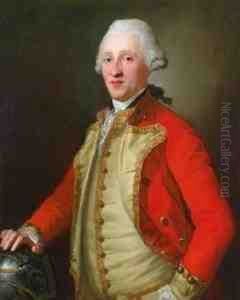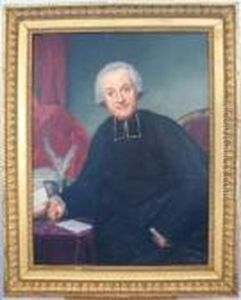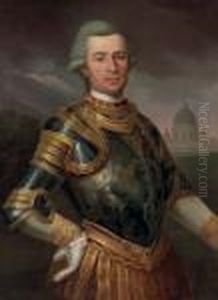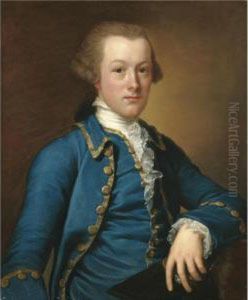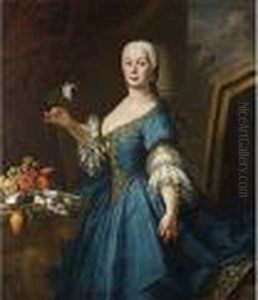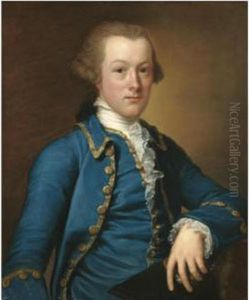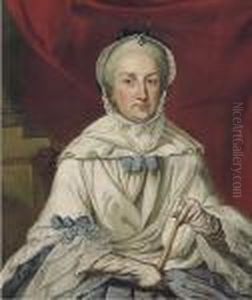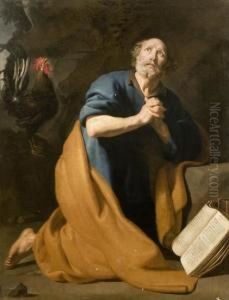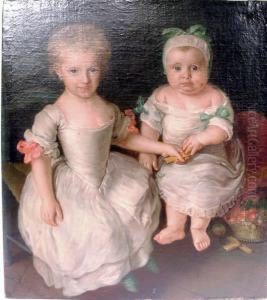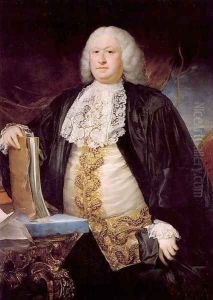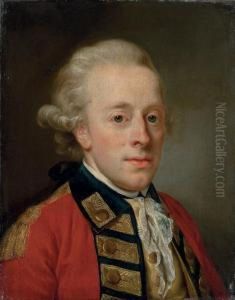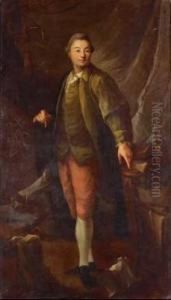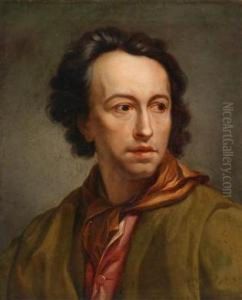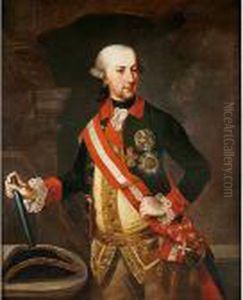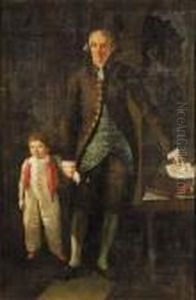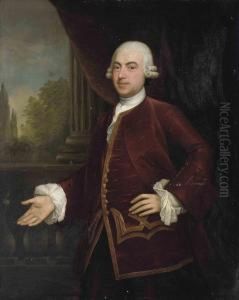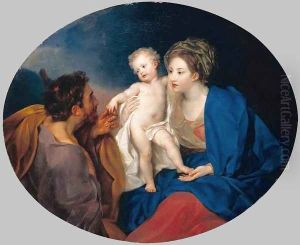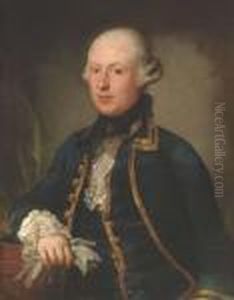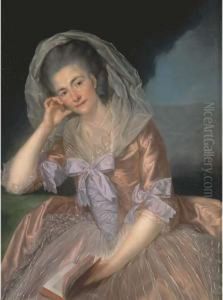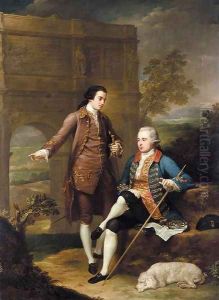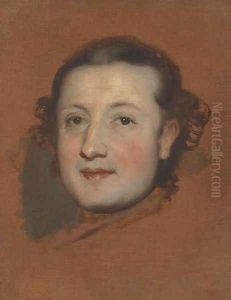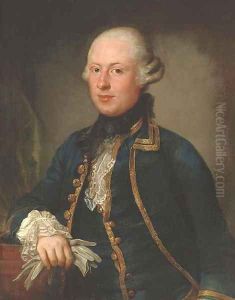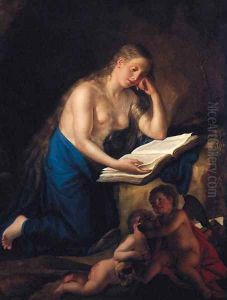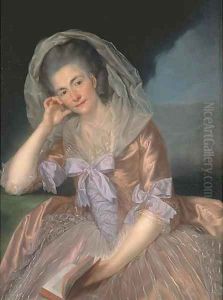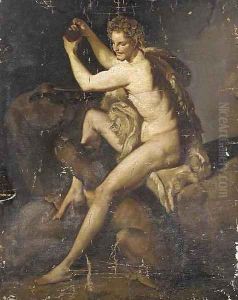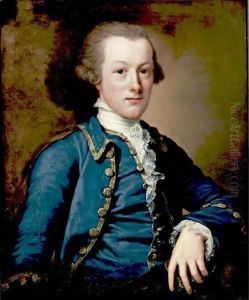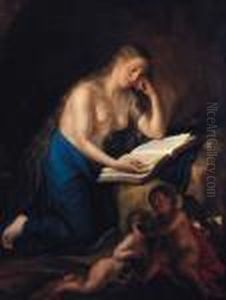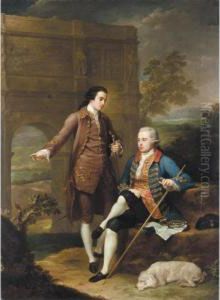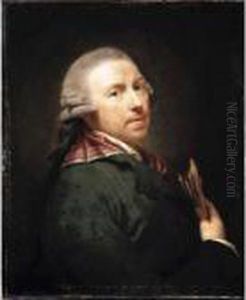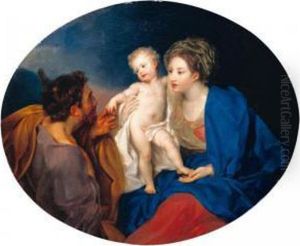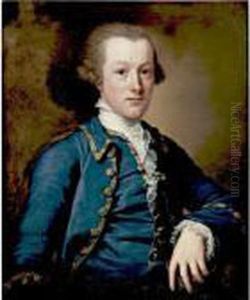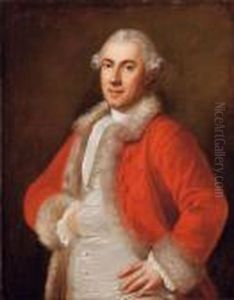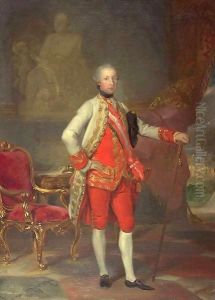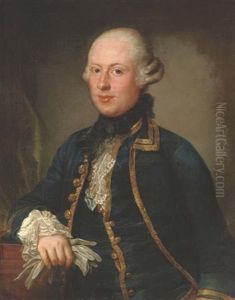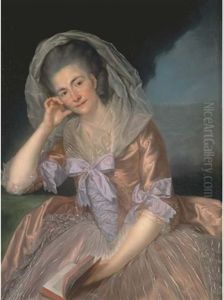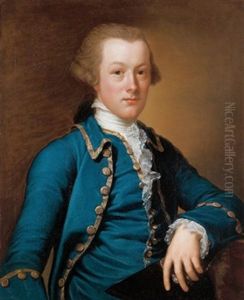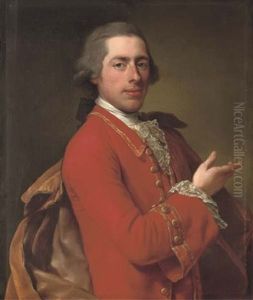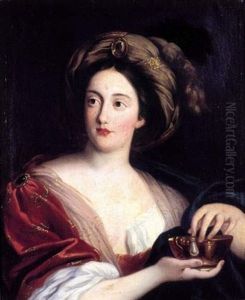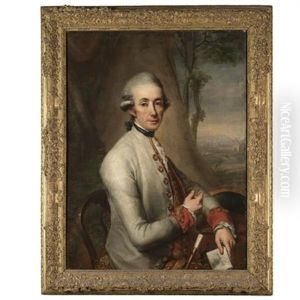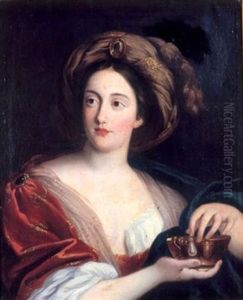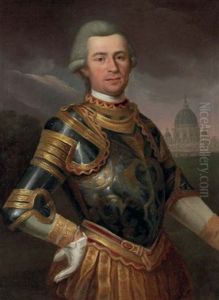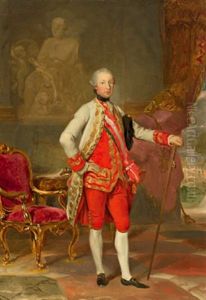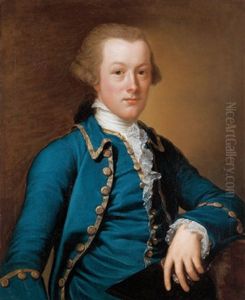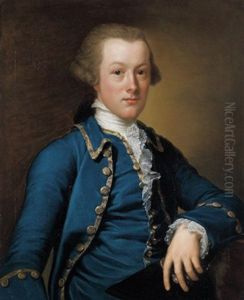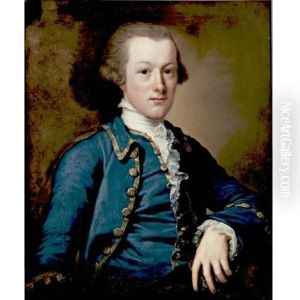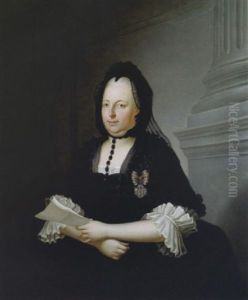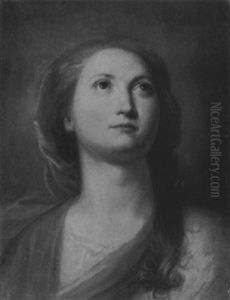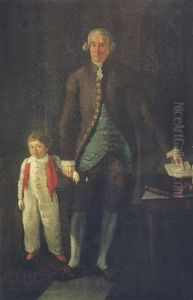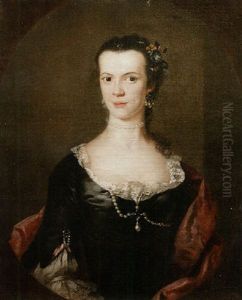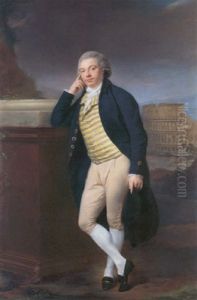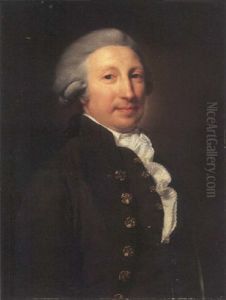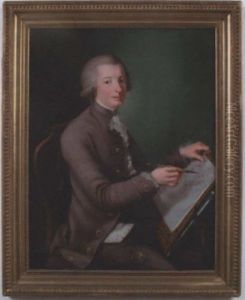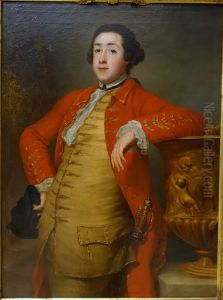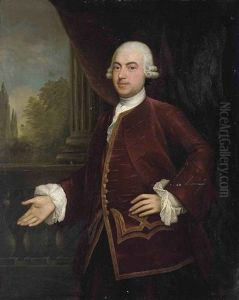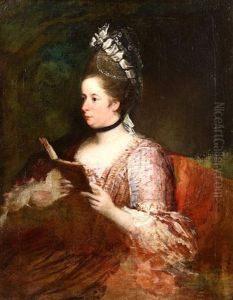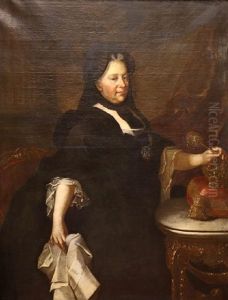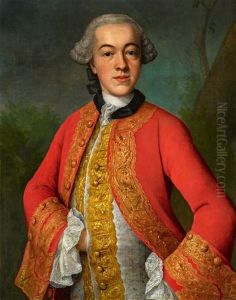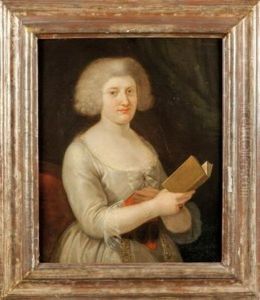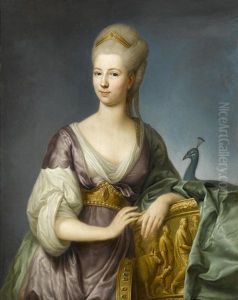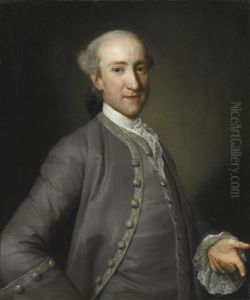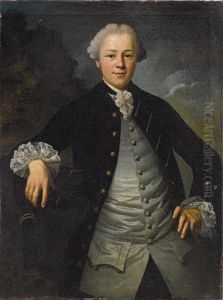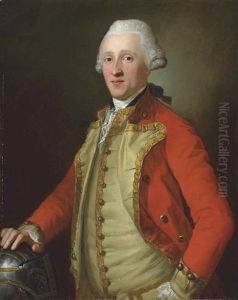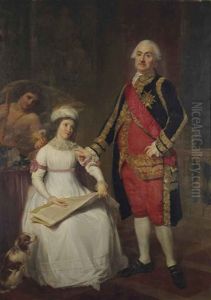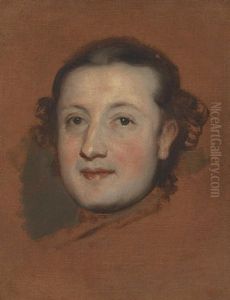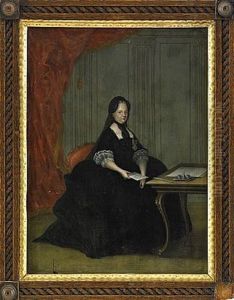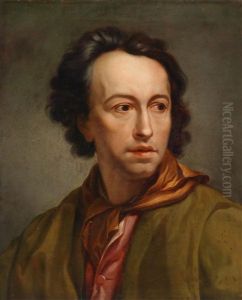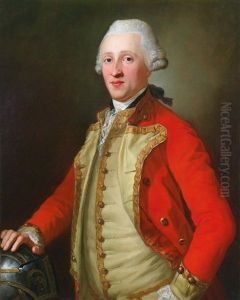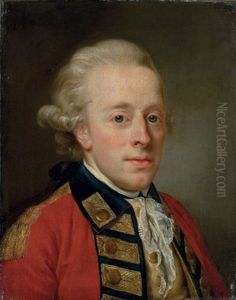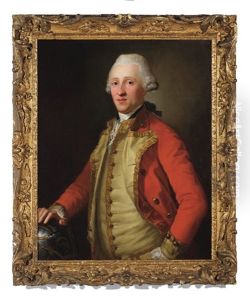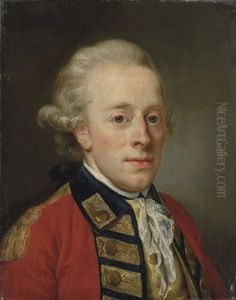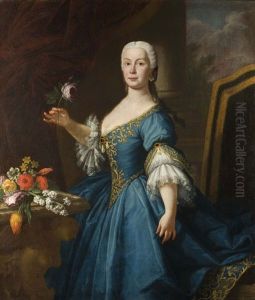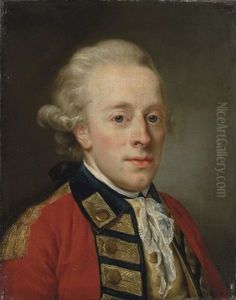Anton von Maron Paintings
Anton von Maron was an Austrian painter active during the 18th century. Born on January 8, 1733, in Vienna, Austria, Maron became noted for his portraits, which displayed a mastery in capturing the elegance and sophistication of the European aristocracy of his time. Maron studied under the guidance of his brother-in-law, the famous portraitist Martin van Meytens, who was an influential figure at the Viennese court.
Maron's education in the arts was furthered in Rome, where he became a student of the renowned painter Pompeo Batoni. Batoni was known for his classical style and also for his grand tour portraits, which were commissioned by wealthy patrons traveling through Italy. Under Batoni's tutelage, Maron honed his skills, and his style was significantly influenced by his mentor's approach to portraiture and classical themes.
In Rome, Anton von Maron became a part of the vibrant artistic community and was associated with the Accademia di San Luca, an esteemed artistic institution. He established himself as a portraitist of note among the European elite, which included royalty, clerics, and diplomats. Maron's portraits were particularly valued for their refined detail, balanced composition, and the ability to capture both the physical likeness and the character of his subjects.
One of his most famous works includes the portrait of his wife Theresa Maron, a talented pastel artist. Anton von Maron's success led him to become the director of the Accademia di San Luca from 1783 to 1784. His influence extended beyond portraiture, contributing to the development of neoclassicism in Italian art, a movement that sought to revive the styles and subjects of classical antiquity.
Maron's work was not limited to portraiture; he also engaged in historical and mythological paintings, although these were less prominent in his oeuvre. His art was characterized by a clear, realistic representation, often set against classical landscapes or interiors.
Anton von Maron's legacy is marked by his contribution to the European portrait tradition, and his works are held in numerous museum collections, including the Kunsthistorisches Museum in Vienna. He passed away on March 3, 1808, in Rome, leaving behind a body of work that continues to be appreciated for its elegance and historical value.
